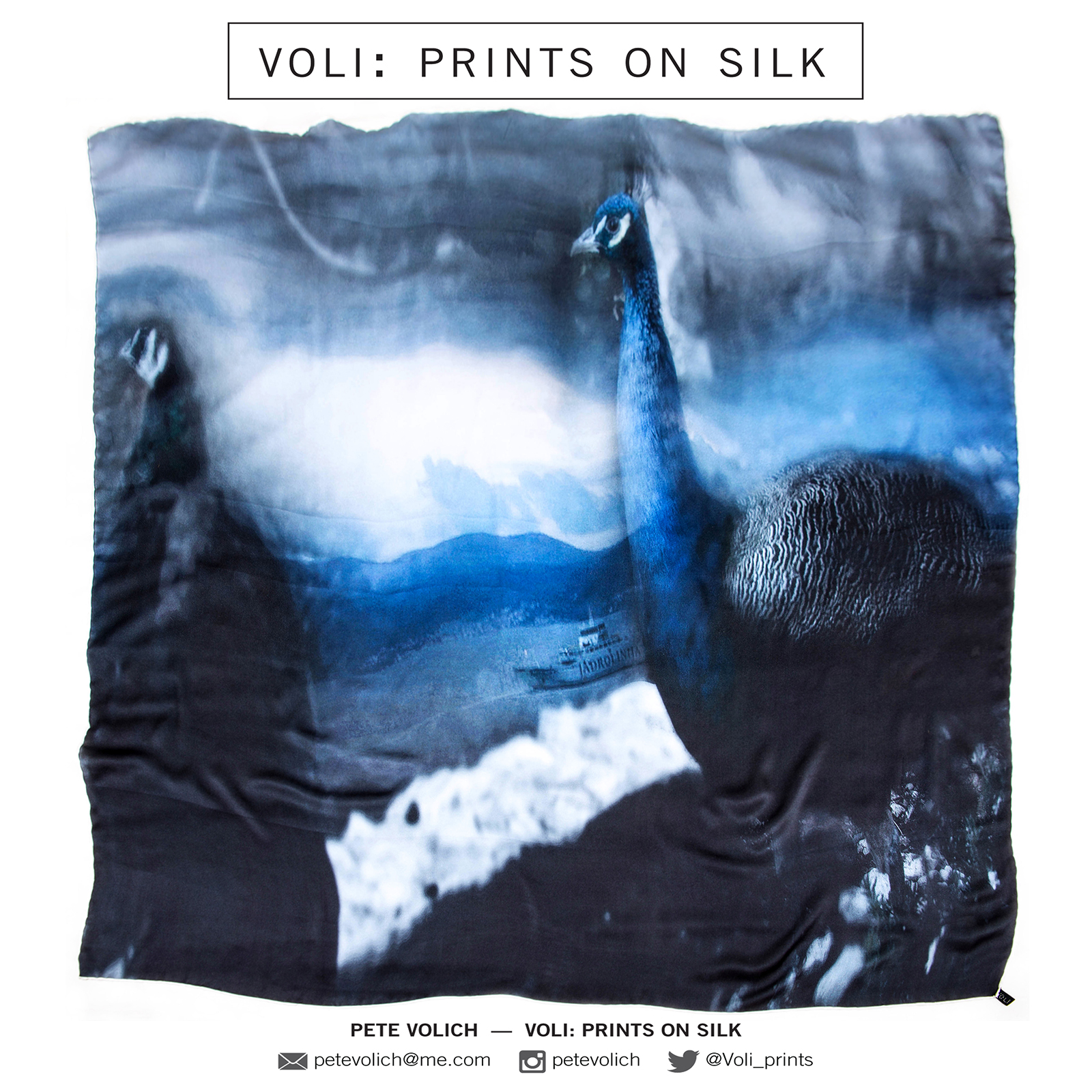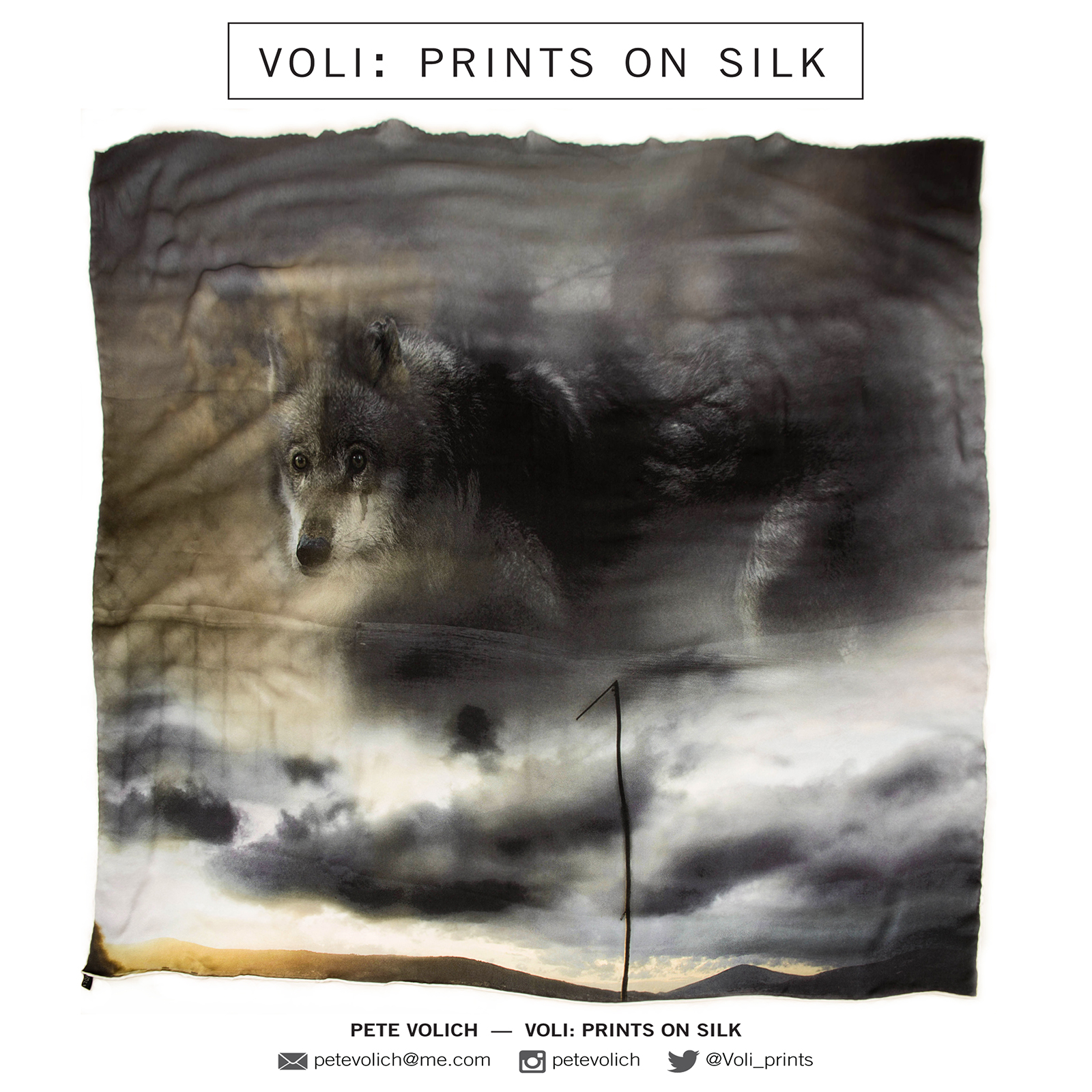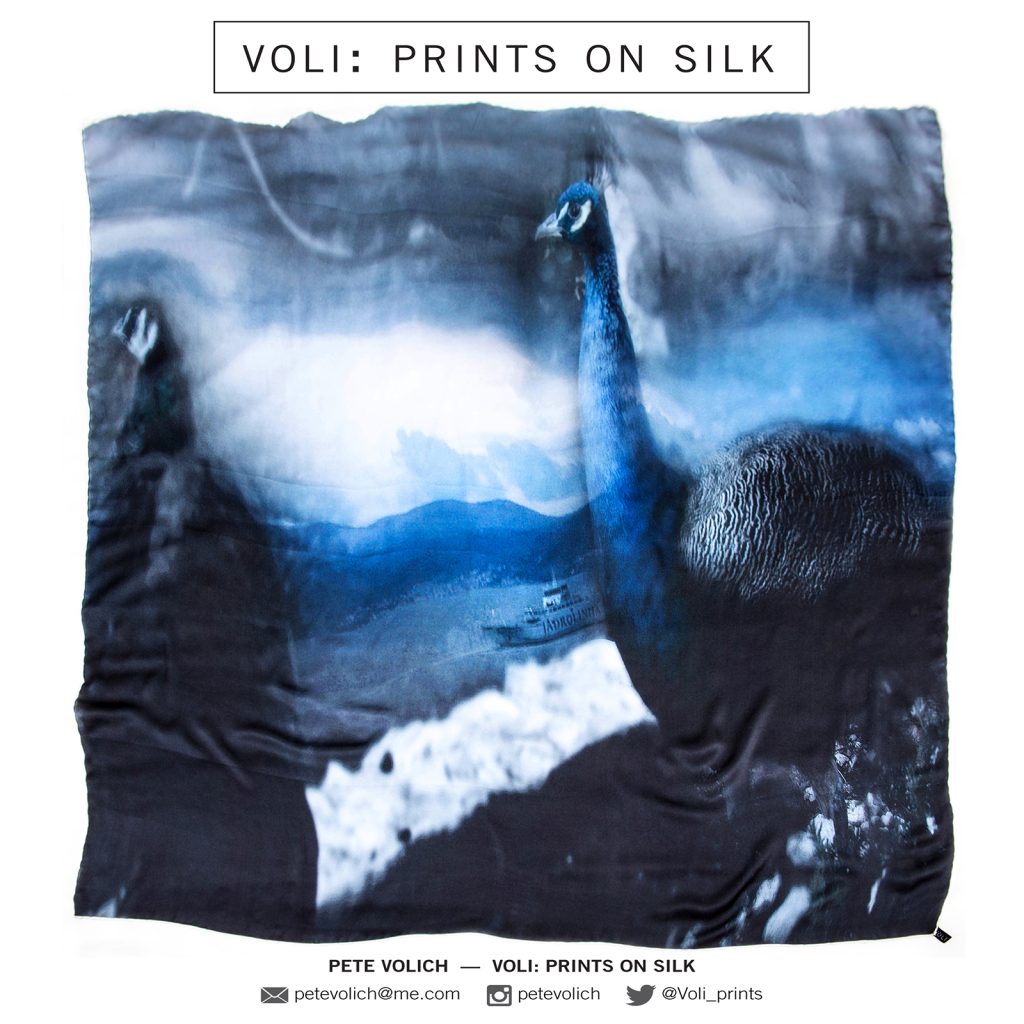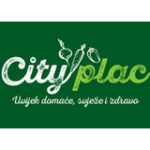Australia-born designer Pete Volich pays tribute to his Croatian roots with an internationally acclaimed line of designer silk scarves.
I wasn’t really sure whether to list this article under lifestyle, Croatian diaspora or Made in Croatia because it ticks all of these boxes, but after sitting down with the leading man from this story Pete Volich on May 22, 2016, I was 100% sure this was a story that had to be told.
Pete Volich is a Western Australian born visual artist specializing in the areas of Photography, collage, drawing, and print based media. After numerous exhibitions in both Australia and Europe, including the Stills Gallery in Sydney, Gertrude Contemporary Art Space in Melbourne, Cologne Art Fair in Cologne, Rebecca Hossack Gallery in London, and Broadstone Gallery in, Dublin, he decided to move to Split and work from here. In the meantime, he transitioned into working with textiles when he started a label VOLI back in 2014 transferring his vision and stunning prints to silk and cotton.

Soon after he started selling his work in a flagship store in Perth owned by an Australian fashion designer Aurelio Coastarella and his very first collection was quickly recognised by the fashion media and industry peers, and now his wearable artwork will be available in Split, in Arteria on Morpurgova poljana after the grand opening on May 24, while his solo exhibition of prints will open just a few days later, on June 7th, at the Galerija umjetnina, also in Split. His latest collection of scarves VOLI:Friday, is inspired by Marjan and ancient fishbone pattern, printed on non-treated organic cotton, and with summer around the corner and their 200 x 100 size they make a perfect pareo that will surely turn some heads wherever you choose to wear it.
What brought you back to Croatia?
I’ve been here for three years now, and I must say the desire to come back came to me after my father suddenly passed away. He was also born in Australia and even though he always dreamed of coming back to explore his roots but unfortunately that never happened so I thought it was up to me to carry the torch and to fulfill that dream.
Are you having any regrets regarding your decision? Croatia is not renowned for being an easy country to live in when it comes to artists.
No, not at all. I must say that fjaka sometimes goes on my nerves especially during winter when everything stops in Split but I love the summers. I still think this is an ideal working environment for me. Some things tale a lot more time than I am accustomed to, but all in all, I think I found my paradise. My Croatian is still lacking, and my teacher told me just a few days ago that I am the worst student she ever had, but I am getting there. Pomalo (take it easy).

Let’s talk about your art, since you’ve experimented with so many different art forms with some very complex motifs. You draw your inspiration for your collection of silk scarves from your Croatian heritage. What about your earlier works? Were you always expressing your roots through your art?
“I have experimented with the photographic medium, collage, and print media to question mortality and fallibility and the ways in which personal and social identity are constructed and represented. I have consistently worked with themes that respond to the human condition and experience. I’m heavily influenced by the writings of Geoffry Batchen who has written extensively about both Vernacular Photography and the Victorian period when mourning photography, jewelry and clothing became a way of marking grief publicly. Lockets and brooches containing photographs and hair of the deceased were a tangible reminder of the dead person and also a memento mori, a reminder that death comes to us all. While living in the desert and working with the Pitjantjajara people myth and folklore became a loaded subject matter in my work, in particular, the Dingo and the domesticated dog was seen as an important symbol among artists work and everyday storytelling. In my exhibition, which will open in Split in the Galerija Umjetnina in June, you will see the lone wolf, portrayed throughout history in many forms, crossing over into folklore and myth and featuring within Croatian folklore and colloquial speech. In a contemporary context seen as a survivor on the periphery, struggling for existence, but also the ancestor of man’s best friend, the dog. A loaded metaphor on many levels almost becoming cliché“.

Back to your latest line of scarves and of course the exhibition that will follow soon after the grand introduction of Voli scarves at the Arterija on May 24. How was your line received abroad and what kind of results do you expect from Croatian customers?
Voli scarves were extremely well received not only in our flagship store in Perth but also at every fashion expo we ever took part in. For instance, in October last year in London, we were the only European exhibitor to be invited to this event organized by Stylist magazine during which they showcase up and coming designers. As for Croatia, especially Split, we have high hopes. Split residents, particularly women, take great care and pride in their appearance. Just come down to Riva on a sunny Saturday morning. It looks like a fashion show every week. All my friends and acquaintances in Split love our work so all I can do is invite all fashionistas to come and see us at Arterija and to browse through our line.

Are you already working on a new collection?
Yes, our new 2017 collection is already underway, and once again we will use Croatian motifs, with horses being our main source of inspiration. We have a long summer ahead of us so we will see what other great ideas it will bring. Out main focus now is the exhibition at the Galerija Umjetnina which will open on June 6th.
We wish Pete great success with their line of designer scarves, and if you want to own a unique piece of art that will put the perfect and stylish finishing touch on your outfit, don’t forget to visit Arterija on Morpurgova poljana 1 in Split on May 24th at 6 PM and support this amazing artist.












